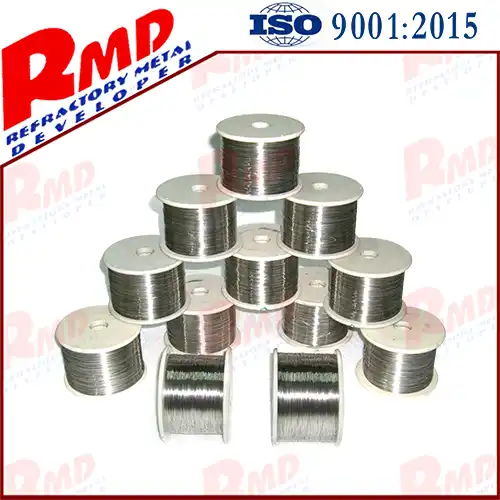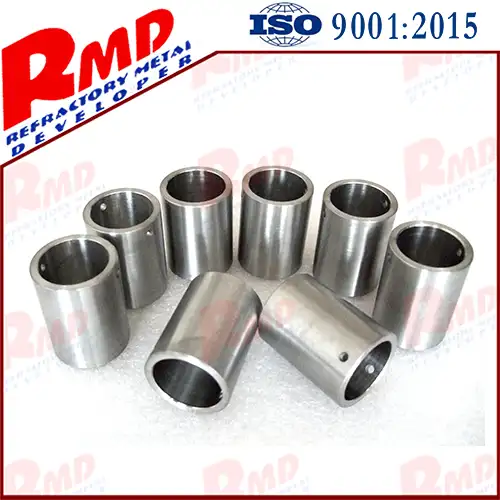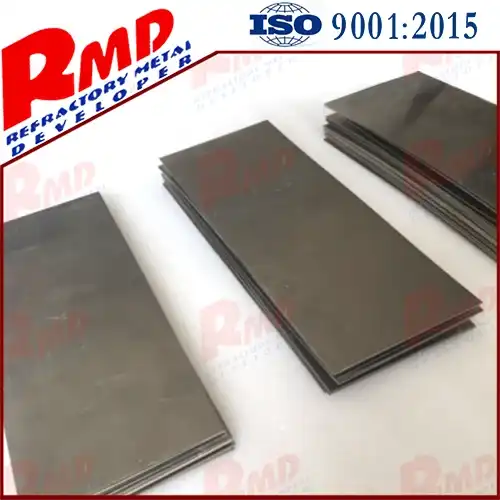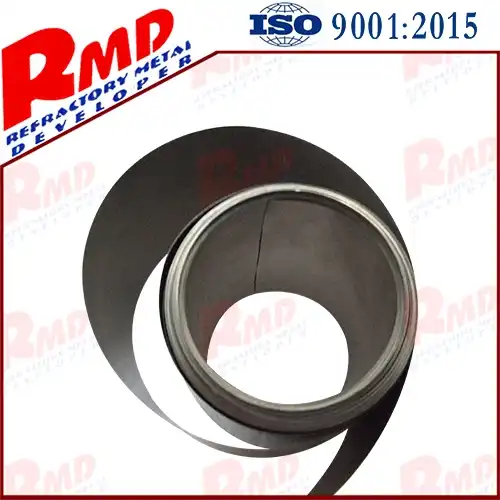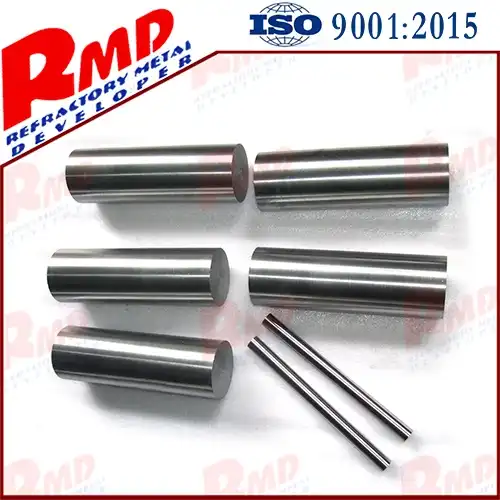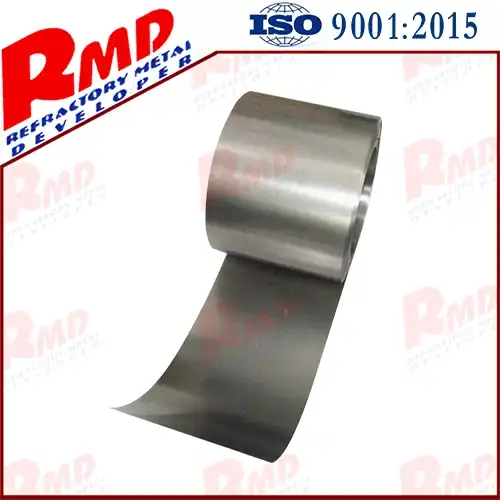- English
- French
- German
- Portuguese
- Spanish
- Russian
- Japanese
- Korean
- Arabic
- Greek
- German
- Turkish
- Italian
- Danish
- Romanian
- Indonesian
- Czech
- Afrikaans
- Swedish
- Polish
- Basque
- Catalan
- Esperanto
- Hindi
- Lao
- Albanian
- Amharic
- Armenian
- Azerbaijani
- Belarusian
- Bengali
- Bosnian
- Bulgarian
- Cebuano
- Chichewa
- Corsican
- Croatian
- Dutch
- Estonian
- Filipino
- Finnish
- Frisian
- Galician
- Georgian
- Gujarati
- Haitian
- Hausa
- Hawaiian
- Hebrew
- Hmong
- Hungarian
- Icelandic
- Igbo
- Javanese
- Kannada
- Kazakh
- Khmer
- Kurdish
- Kyrgyz
- Latin
- Latvian
- Lithuanian
- Luxembou..
- Macedonian
- Malagasy
- Malay
- Malayalam
- Maltese
- Maori
- Marathi
- Mongolian
- Burmese
- Nepali
- Norwegian
- Pashto
- Persian
- Punjabi
- Serbian
- Sesotho
- Sinhala
- Slovak
- Slovenian
- Somali
- Samoan
- Scots Gaelic
- Shona
- Sindhi
- Sundanese
- Swahili
- Tajik
- Tamil
- Telugu
- Thai
- Ukrainian
- Urdu
- Uzbek
- Vietnamese
- Welsh
- Xhosa
- Yiddish
- Yoruba
- Zulu
Do You Know The Difference Between Tungsten Boat And Molybdenum Boat In Application?
2024-01-05 18:00:06
Tungsten and molybdenum are transition elements that have a high melting point and durability that makes them suitable for a wide range of applications. Both these elements are commonly used as evaporation boats due to their high-temperature resistance and low vapor pressure. However, there are some differences between tungsten and molybdenum boats in terms of their applications, which we will discuss in this article.
Tungsten boats:
Tungsten boats are commonly used for thermal evaporation of metals and alloys, as well as for organic materials. This is due to their high melting point (3,422°C) and low vapor pressure, which provides a clean evaporation source. Additionally, tungsten boats are also used in the semiconductor industry as a heating element due to their high thermal conductivity and excellent mechanical stability under high-temperature conditions.
Tungsten boats are available in various shapes and sizes, including circular, rectangular, and cylindrical. The circular tungsten boats are mostly used for thermal evaporation, while the cylindrical tungsten boats are used for heating elements. The rectangular tungsten boats are used for both thermal evaporation and heating applications.
One disadvantage of tungsten boats is their tendency to react with some materials. For instance, tungsten boats may react with some oxygenating compounds like water, oxygen, and nitrogen to form tungsten oxide, which could result in degradation of the heating element. As a result, it is essential to handle tungsten boats in a vacuum or an inert atmosphere.
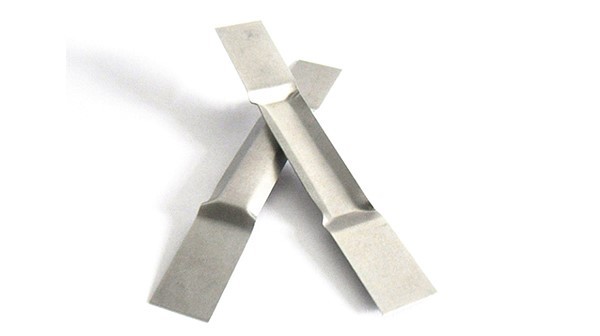
Molybdenum boats:
Molybdenum boats are also widely used for the thermal evaporation of metals, alloys, and organic materials. Molybdenum boats have a melting point of 2,610°C and low vapor pressure, making them an excellent choice for high-temperature applications. They are also used in the semiconductor industry, especially for manufacturing silicon-based devices.
Molybdenum boats are available in different shapes and sizes, including circular, rectangular, and cylindrical. The circular molybdenum boats are used for thermal evaporation, while the cylindrical molybdenum boats are used as heating elements.
Molybdenum boats have a lower tendency to react with various materials, as compared to tungsten boats. This is due to the high chemical stability of molybdenum that makes it resistant to oxidizing and reducing environments. Therefore, they are ideal for materials that require consistent quality and purity.
In summary, both tungsten and molybdenum boats have unique properties that make them ideal for different applications. Tungsten boats are suitable for thermal evaporation and heating applications that require high melting points and stability. On the other hand, molybdenum boats are ideal for high-temperature applications that require high chemical stability and resistance to oxidation and reduction. Therefore, it is essential to consider the specific application when choosing between tungsten and molybdenum boats.
